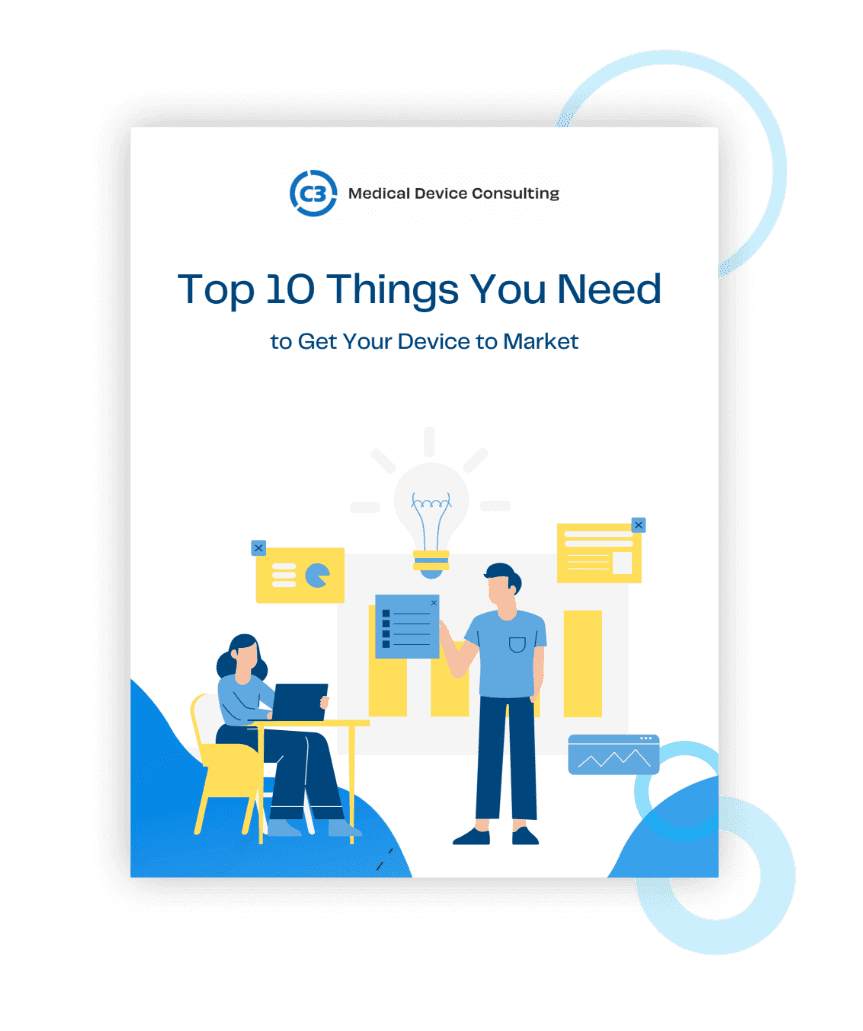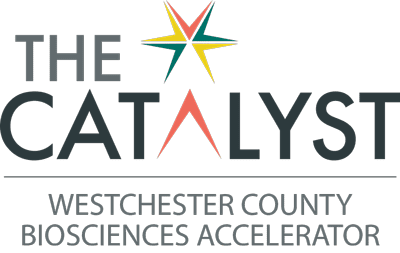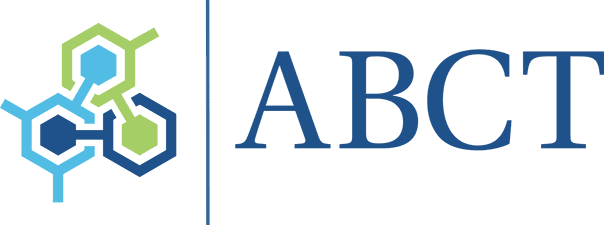Before we dive into product development terminology, let’s first define what product development is.
Product development is everything that happens in the creation of a product, from the second you get an idea for a product, to the point when that product hits the market, and beyond.
What’s commonly called the “product development process” encompasses that whole journey, usually in a predictable and repeatable way. But if you’re just getting started with the process, you’ve probably already discovered that everybody you talk to about your idea seems to be speaking a different language.
Here’s a brief guide to some commonly used product development terms. We’re not suggesting you bring it to meetings like a tourist with a phrasebook, but a quick read beforehand will definitely help you feel like you know what you’re talking about!
Product Development Words You Should Know
Client
The individual or organization retaining C3 Medical Device Consulting to develop a medical device or subsystems within a medical device. In other words: you!
Clinical Evaluation
1. A compilation of relevant scientific literature or historical evidence that demonstrates designs similar to yours or materials like the ones you want to use are clinically safe, or
2. A clinical investigation or trial to ensure your device performs as intended.
Core Team
A cross-functional team that manages a product development project. If you retain C3 Medical Device Consulting, this will typically include a C3 representative for development and representatives from departments in your company, such as marketing, quality, manufacturing, regulatory, clinical, and service.
Design and Development Planning
The efforts to plan and control the design and development of products to meet quality objectives and regulatory requirements. Examples of design and development planning activities include generating the development plan and development checklist.
Design History File (DHF)
A compilation of records that describes the design history of a finished product. The DHF contains or references essential documents verifying that the product is being, or has been, developed in accordance with design control requirements.
Design Input/Design Input Requirements
The physical and performance requirements of a device that are used as a basis for device design.
Design Output
The results of a design effort at the end of each design stage, and at the end of the total design effort. The finished design output is the basis for the device master record. The total finished design output consists of the device, its packaging and labeling, and the device master record.
Design Review
A documented, comprehensive, systematic examination of the project to evaluate adequacy of the design and its documentation, judge the design’s ability to meet the specified requirements, and identify problems with the design.
Design Specifications
Lower level specifications set by designers to achieve a design that meets its design input requirements. These are tested during the design process.
Design Transfer
The process of ensuring the product design, including production specifications, is correctly transferred to production. The device master record is used here. Design transfer may include training of production, installation, or service employees.
Design Validation
The process of examining and providing objective evidence to confirm that the specifications of a device conform to the user’s needs and uses for which the device is intended.
Note: This process is different from the similarly named “design verification.”
Design Verification
The process of examining and providing objective evidence to confirm that the design outputs meet the specified design inputs.
Development Checklist
A summary of the requirements for each phase of a product realization project. The development checklist identifies owners for each deliverable, as well as the phases in which the deliverables are due.
Development Plan
A plan that describes the broad scope of the product development process; the responsibilities and authorities for design, development and other parts of the process; and the interactions with different groups or activities that provide, or result in, input to the design and development process
Device Master Record
A compilation of all the instructions, drawings, and other information used to produce a product.
Functional Representatives
Members of departments or functional groups who are responsible for coordinating the project deliverables of their group. In other words, the employees of your company who are participating in the process.
Management Checkpoint
A document that informs you of the current project status to obtain your approval and continue the project or release the product.
Post-Market Surveillance
The practice of monitoring a product after it has been released on the market. This may include reviews of product complaints or feedback, service reports, risk management activities, user training needs, and more.
Process Validation (PV)
The process of establishing documented evidence that the output of a specific process will consistently meet the specifications and quality attributes to which it needs to conform.
Project File
A repository of project-related information, maintained by the project manager, that includes documents that are not required in the design history file.
Project Manager
A representative responsible for managing the product development process.
Project Team
The core team and any other company personnel who conduct activities for the project.
Regression Testing
Testing that determines whether a change to some part of a system has not adversely affected functionality, reliability, or performance of the rest, nor introduced additional defects.
Risk Management
The process of identifying and managing a product’s potential risks and hazards to users and patients.
Technical Output Documents
Engineering design documents that identify the specific details of how the design requirements were implemented. A technical output document is intended to be detailed enough that a designated and qualified person can understand the rationale behind any design choices that were made.
User Needs
Design inputs that address the needs of the user or patient and the product’s intended use; the proposed way the product will be used; and the high-level functionality of the product.
Take Your Product from Idea to Reality!
If you’re ready to bring your product to market and put your product development terminology to use, contact our team today. We’ll work with you from beginning to end so you can successfully turn your idea into reality!










